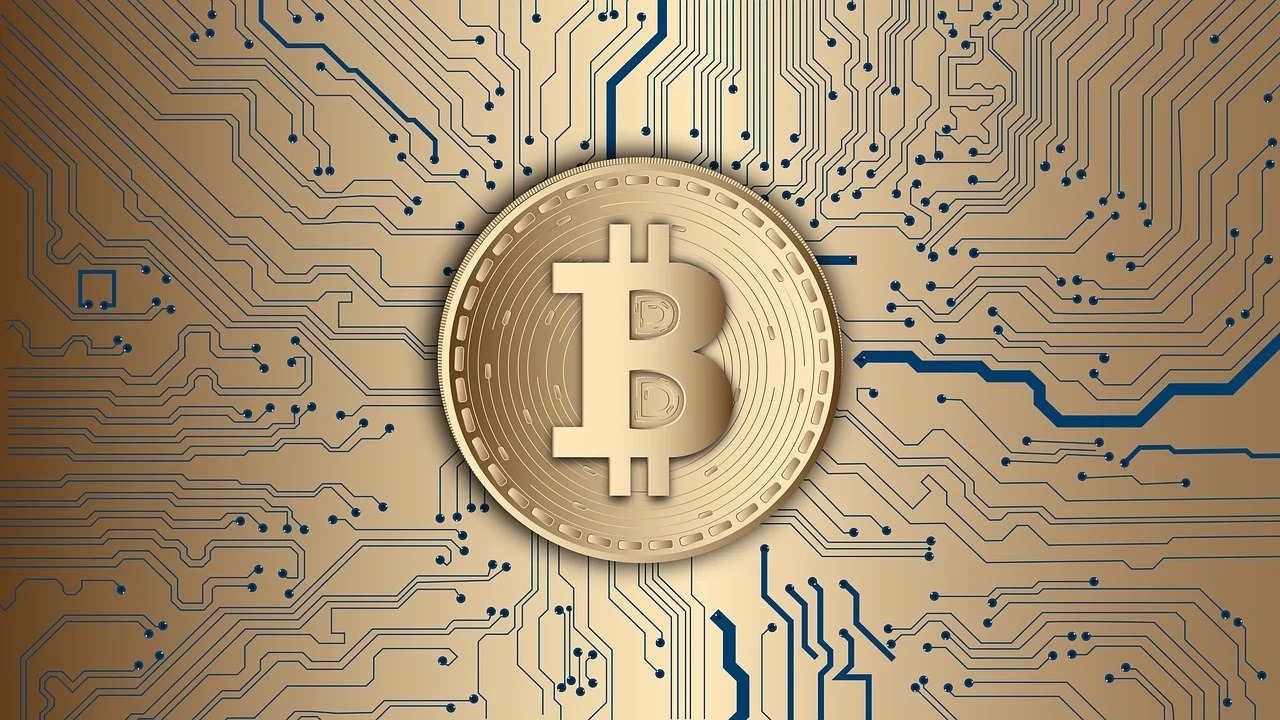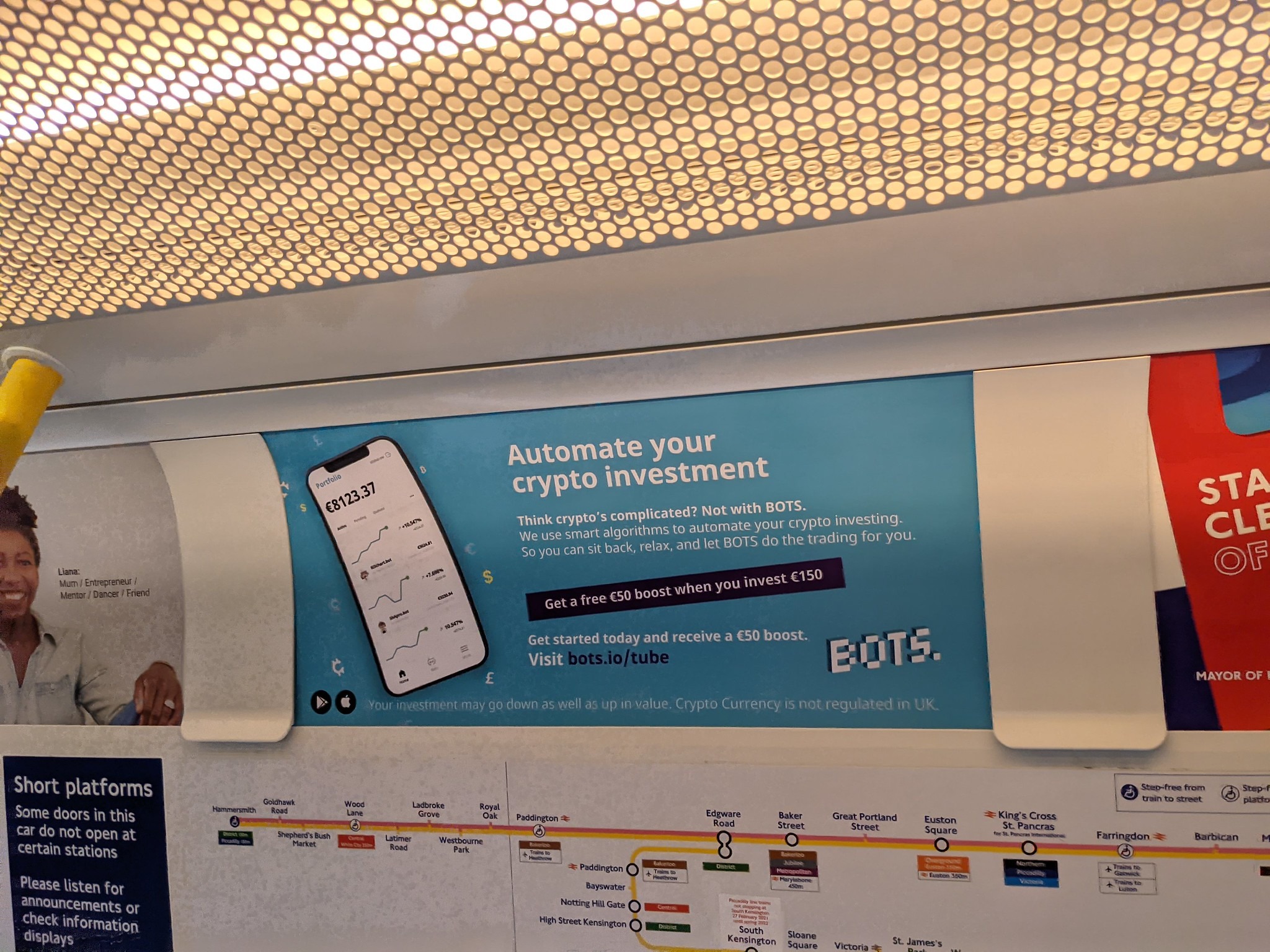On 6th April 2018, an RBI circular prohibited all entities regulated by the RBI from dealing in Virtual Currencies (“VCs”) or providing services for facilitating any person or entity in dealing with or settling VCs. Such services include maintaining accounts, registering, trading, settling, clearing, giving loans against virtual tokens, accepting them as collateral, opening accounts of exchanges dealing with them and transfer / receipt of money in accounts relating to purchase/ sale of VCs. Regulated entities already providing services were directed to exit the relationship within three months from the date of this circular[1].
The said circular was assailed by way of two writ petitions. The first writ petition (Rajdeep Singh & Ors v. Union of India) was filed on 17 April 2018 by a few cryptocurrency exchanges, their founders, shareholders and several individual traders of cryptocurrencies in India. Senior Advocate Nakul Advocate helmed the arguments in the Petition, he was briefed by Ikigai Law and Avinash Menon (AoR).
The second writ petition was filed by the IAMAI. Ashim Sood briefed by NDA led the arguments on their behalf.
| Arguments made against the Circular | What the Supreme Court held |
| The RBI exceeded its powers: The RBI did not have the powers to issue the Circular. The RBI had issued the Circular in the exercise of its powers under (i) the Banking Regulation Act, 1948; (ii) the Reserve Bank of India Act, 1934 and (iii) Payment and Settlement Systems Act, 2007 (collectively referred to as “Source Acts”). The Petitioners contended that VCs are not the subject matter of these Source Acts. Hence, the RBI has no statutory authority over them. | The Supreme Court has clearly recognised that VCs are capable of performing some or most of the functions of real currency. As such the RBI would have the power to regulate VCs regardless of the fact that they are not “legal tender”. The RBI has the power to regulate anything that may have an impact on the Financial System of the country, even if such activity is not a part of the payment or credit system. Quotes from the Court “It is ironical that virtual currencies which took avtar (according to its creator Satoshi) to kill the demon of central authority (such as RBI), seek from the very same central authority, access to banking services so that the purpose of avtar is accomplished.”[1] |
| RBI can regulate, but not prohibit: Petitioners argued that even if the RBI can be said to have the power to regulate VCs, it does not have power to prohibit them. | The court dismissed this argument observing that the term “regulate” has a very broad meaning and includes the power to prohibit. |
| Only the legislature can prohibit the trade of a commodity by terming it res extra commercium. | The Circular did not impose a prohibition on the use and trading of VCs as it merely directed entities regulated by the RBI not to provide services to those engaged in the trading or facilitating the trading of VCs. The circular did have a crippling effect on the trade of VCs in India but it could not be equated with a ban. |
| No application of mind: The Circular was issued by the RBI without application of mind. | The court held this argument to be factually incorrect. It held that the RBI had been brooding over VCs since 2013. It cited a number of documents which showed that the regulatory treatment of VCs has been duly considered by the RBI. These included- 1. Financial Stability Report, 2013 (the first press release relating to VCs 2013 was issued because of this report); 2. Financial Stability Report, December 2015; 3. Financial Stability Report, December, 2016; 4. White Paper by IDRBT, January 2017; 5. Report by Inter-Regulatory Working Group on FinTech and Digital Banking, November 2017; As RBI acted on considerations which multinational bodies and regulators in various jurisdictions took into account and it cannot be accused of acting on irrelevant considerations or ignoring relevant ones. |
| What you cannot do directly, you cannot do indirectly: The Circular has the indirect effect of achieving what the RBI has plainly admitted is beyond its powers, i.e. shutting down VC exchanges. It is thus an instance of “colourable exercise of power”. | The RBI had exercised its powers over entities it had jurisdiction. Just because there was collateral damage to VC exchanges, the underlying action cannot be termed to be colourable. Especially since it was motivated by the thought of protecting public interest. |
| When an order is passed on certain grounds, its validity may be challenged only on grounds considered in the order and it cannot be supplemented by fresh reasons (MS Gill Test). Hence, in seeking to justify the Circular, the RBI could rely only on the facts and materials it had before it considered while passing the Circular and it could not rely on any other material. | The court held that when public interest is involved, additional grounds may be looked into for establishing the validity of an order. Further, in these proceedings itself the Court had directed the RBI to give a point-wise reply to the detailed representation made to the Petitioners, which the RBI had done. |
| RBIs approach was at odds with that of other regulators: The risks highlighted in the Circular and preceding press releases of the RBI, concern other departments/agencies of the Government. For e.g. money laundering is under the purview of the Department of Economic Affairs and tax evasion is under the purview of Central Board of Direct Taxes. These departments did not (at least initially) advocate a ban on VCs. Hence, the RBI’s response was disproportionate in lieu of the concerns expressed. | Every Government department/agency has a different function to perform and may adopt a different approach depending on how they view an issue. Hence, RBI cannot be faulted for adopting a different approach from other departments/agencies. |
| Comparative analysis: The regulatory approach adopted by countries having the same constitutional values as ours (i.e. democratic countries) with respect to VCs stands in stark contrast with the prohibitions imposed by the RBI. These countries prefer to regulate VCs rather than ban them outright. The prohibitory approach is adopted by authoritarian countries. | The regulatory approach adopted by other countries has a persuasive value at best. It cannot guide what the regulator can or cannot do. Developed economies have a greater ability to absorb economic shocks. Hence, their regulatory approach may not be the best touchstone to judge our practices. Further, almost all of India’s neighbouring countries have prohibited VCs. Hence, if India adopts a similar approach it may just lead to Indian entities having a stronger ring fence against exposure to VCs. |
| Precautionary steps adopted by petitioners: The issues addressed by the RBI had already been addressed by the precautionary steps taken by the Petitioners. These include adopting KYC measures, anti-money laundering practices etc. Hence, there was no necessity to disconnect them from banking channels. | The Court is not competent to state whether the safeguards adopted by the VC exchanges are enough to safeguard the RBI’s concerns. It must defer to the judgment of the RBI. |
| VCs have varying characteristics (for e.g. some VCs are anonymous others are not; some may be converted into fiat currency and others may not etc.) and cannot be treated in the same manner. Any action should have been addressed to only those VC which pose the risks that RBI has highlighted and not all VCs. | It appears that all VCs can be converted into fiat currencies by some means or another. Hence, all VCs appear to be bi-directional. The question of whether anonymous VCs alone could be banned is for the experts to decide and the Court cannot get into this. The RBI has not banned VCs, hence the argument is redundant. |
| DLT and VCs are joint at the hip: The underlying technology of VCs, i.e. Distributed Ledger Technology, cannot be accepted while rejecting VCs themselves. | There is nothing which prevents the adoption of the underlying technology while rejecting its by-product. |
| Actions by RBI are not akin to legislative or executive action: The decision of the RBI in issuing the circular, is an instance of exercise of power under a statute and cannot be afforded the same amount of judicial acceptance or non-interference, as is given generally given by Courts to a legislative or executive action. | The RBI is unlike any other statutory body. It is not meant to obey or execute the commands of the legislature or the executive but function as an independent institution which maintains the integrity of the financial system of the nation. |
| Right to trade: The Circular unreasonably restricts the right of the Petitioners to carry on occupation, trade or business and therefore violates their fundamental rights guaranteed under Article 19(1)(g) of the Constitution. Access to banking channels is integral to the right to carry on any trade or profession. It is equivalent to the supply of oxygen in the modern economy. When testing the validity of any law that imposes a restriction on any fundamental right it is imperative that it passes the four pronged test of proportionality i.e. (i) that the measure is designated for a proper purpose (ii) that the measures are rationally connected to the fulfillment of the purpose (iii) that there are no alternative less invasive measures and (iv) that there is a proper relation between the importance of achieving the aim and the importance of limiting the right. | The Court distinguished between three types of traders of VCs (i) Those who buy and sell VCs as a hobby. These persons canot claim protection under Article19(1)(g). Further, they are not affected by the Circular as it does not ban the trade of VCs. (ii) People who are in the occupation to buy and sell VCs. Their right to practice an occupation of their choice is protected under 19(1)(g). However, technically the circular could not have had the effect of completely shutting down their trade as it did not prohibit the trade of VCs. (iii) VC exchanges, i.e. online exchanges that provide certain services such as the facility of buying and selling of virtual currencies, the storing or securing of the virtual currencies in what are known as wallets and the conversion of virtual currencies into fiat currency and vice versa. They have suffered a “deadly blow”. They cannot survive without access to banking channels. Even if there were reasons justifying the RBI’s act they would still need to pass the four pronged test of proportionality. There are less intrusive means of achieving the same objective. In reaching this conclusion the Court in particular has relied on a July 2018 report of the European Union Parliament titled “Cryptocurrencies and Blockchain”. These alternatives were not considered by the RBI at the time of passing the Circular. They only considered these alternatives when the Court directed them to give a point-wise reply of the Petitioners representations. Further, till date (i) there is no empirical data with the RBI to show that entities regulated by it suffered any harm due to VC exchanges and (ii) VCs are not banned. Hence, the Circular cannot be termed as a proportionate measure. |
As an ancillary relief, the Court also directed an amount of over Rs. 12,00,00,000/- of Discidium Internet Labs Pvt. Ltd. (i.e. the Company which used to run India’s largest crypto exchange Koinex), which had unjustifiably been frozen after the Circular was issued, be released to the Company with interest.
The bank which had frozen this account, asserted that it had done so on the directions of its higher authorities/regulators.
The RBI on the other hand insisted that it had not directed that the money be frozen and the Company’s prayer that the money be released was not incidental to the main petition.
The Court termed the RBI’s response as “lukewarm” and specifically directed RBI to issue directions to the Central Bank to release the funds.
PS: Read our article on what this judgment means for the crypto industry in India here, and another on our suggestions for policymakers on what India should be doing next is here.
This post is authored by Tanya Sadana, Principal Associate with inputs from Anirudh Rastogi, Managing Partner.
[1] Available at https://www.rbi.org.in/SCRIPTS/BS_CircularIndexDisplay.aspx?Id=11243










